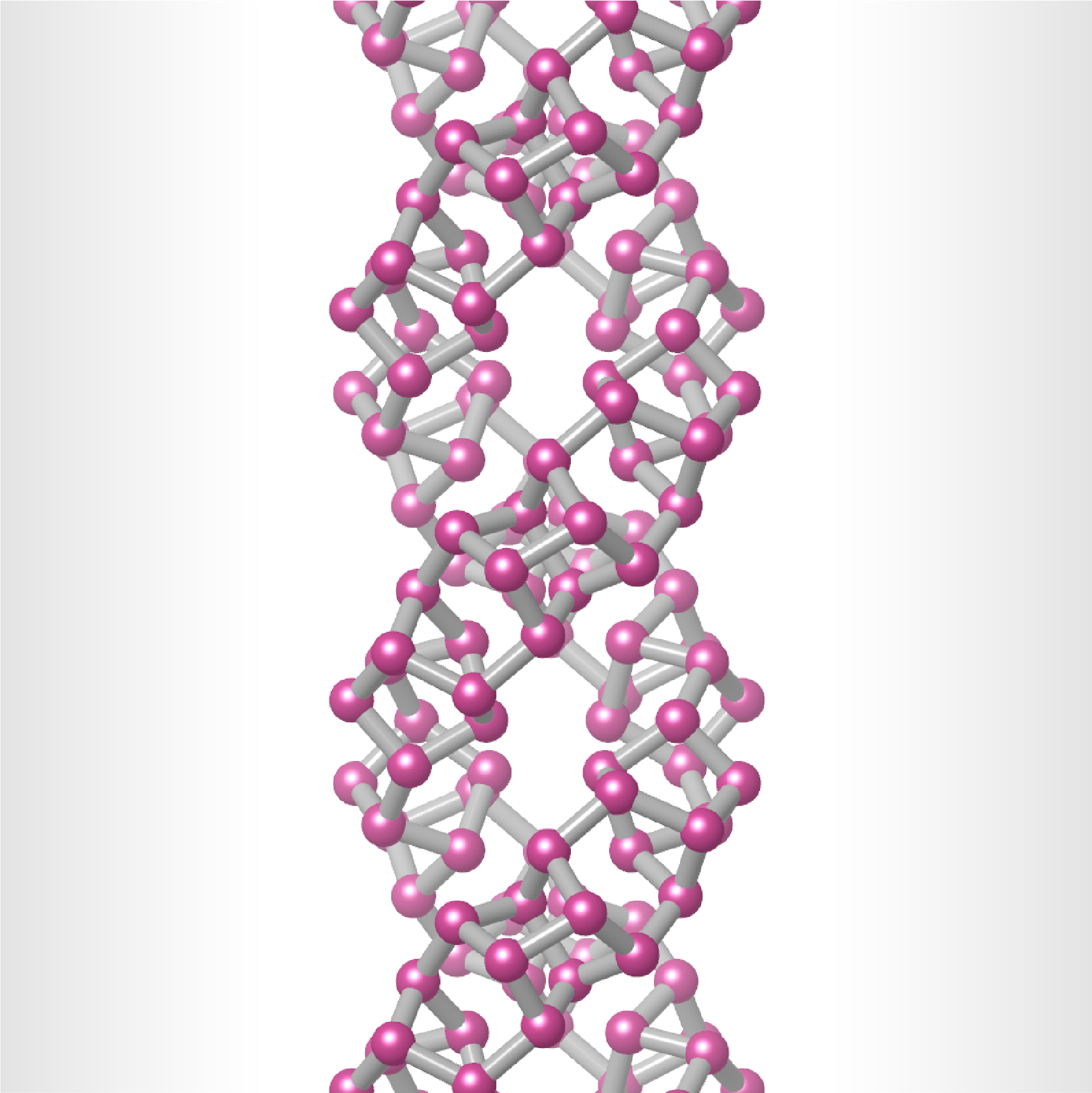Many complex materials in nature are made up of well-defined structural building blocks. Researchers from the UK and Italy have now used computer algorithms1,2 to disassemble a crystalline form of elemental phosphorus – and then to re-assemble the resulting building blocks into new arrangements. They predict a range of structures, including single and double helices built from a simple “P8” cage. The combination of fragment-based searching and machine learning driven interaction models allows them to test hundreds of thousands of possible structures – as in the successful Ab Initio Random Structure Searching (AIRSS) technique, but being orders of magnitude faster. The approach is expected to be more general beyond the specific case of phosphorus.
V. L. Deringer, C. J. Pickard, D. M. Proserpio, "Hierarchically Structured Allotropes of Phosphorus from Data-Driven Exploration", Angewandte Chemie. Published online (Open Access)

